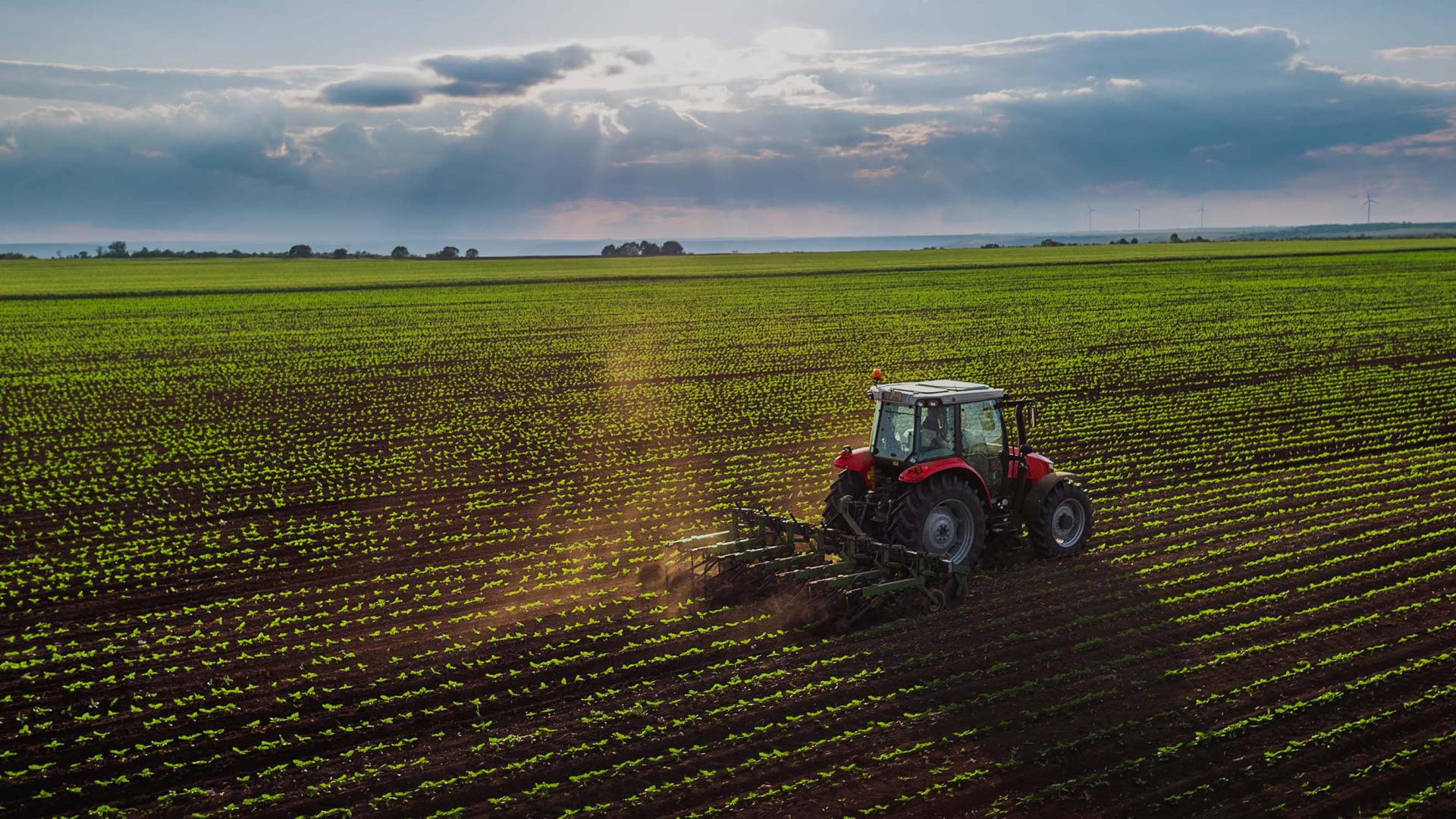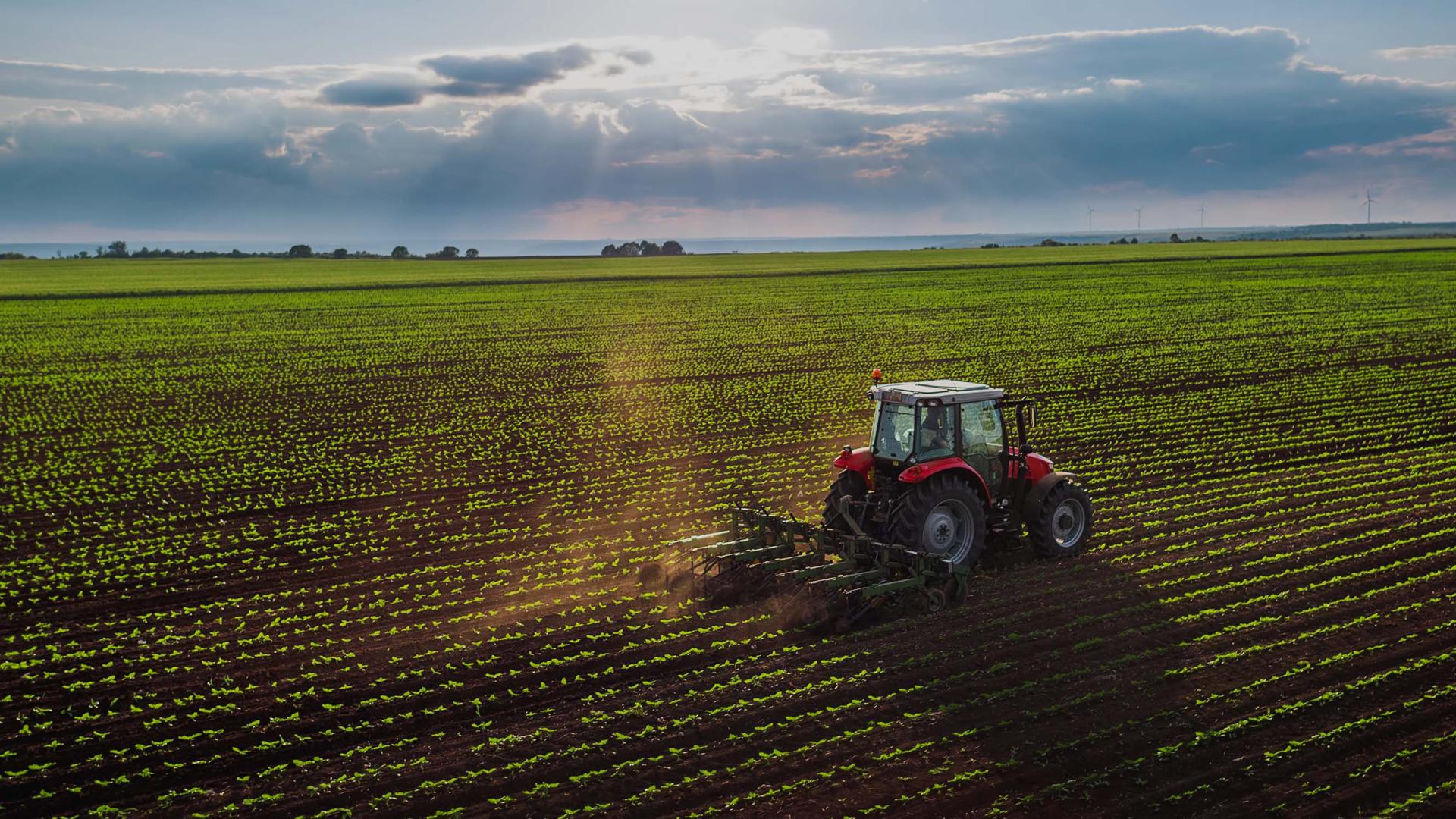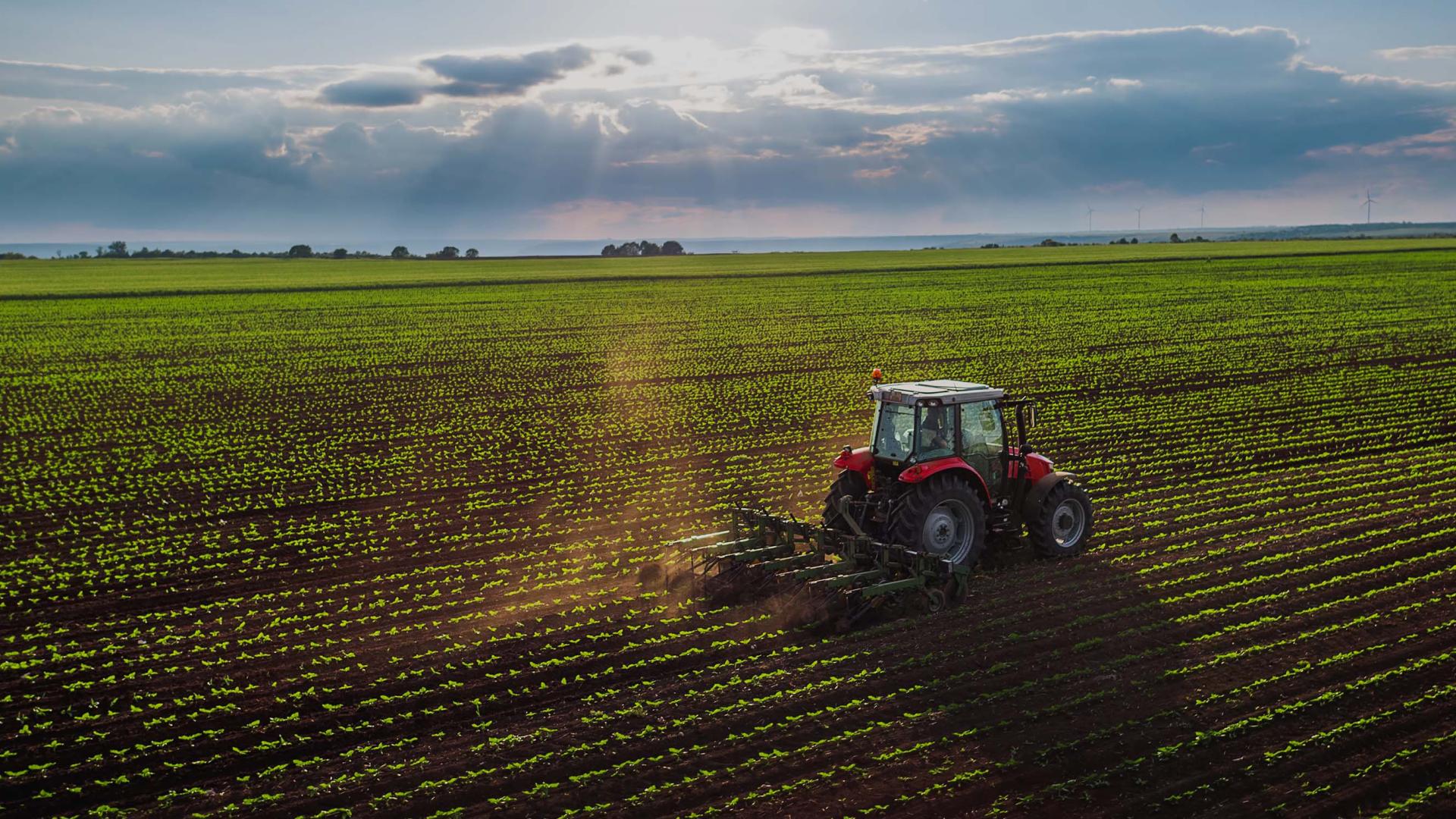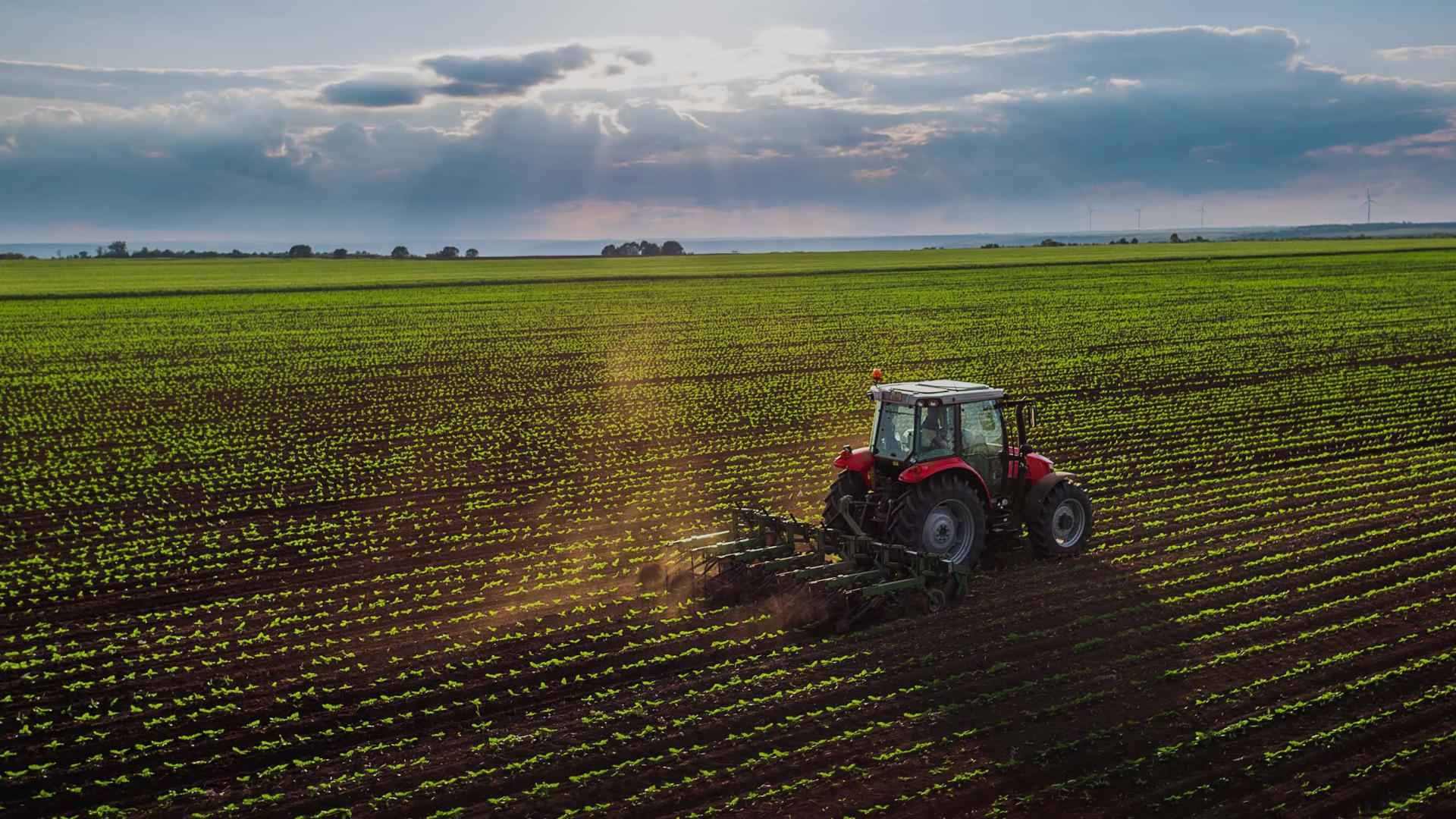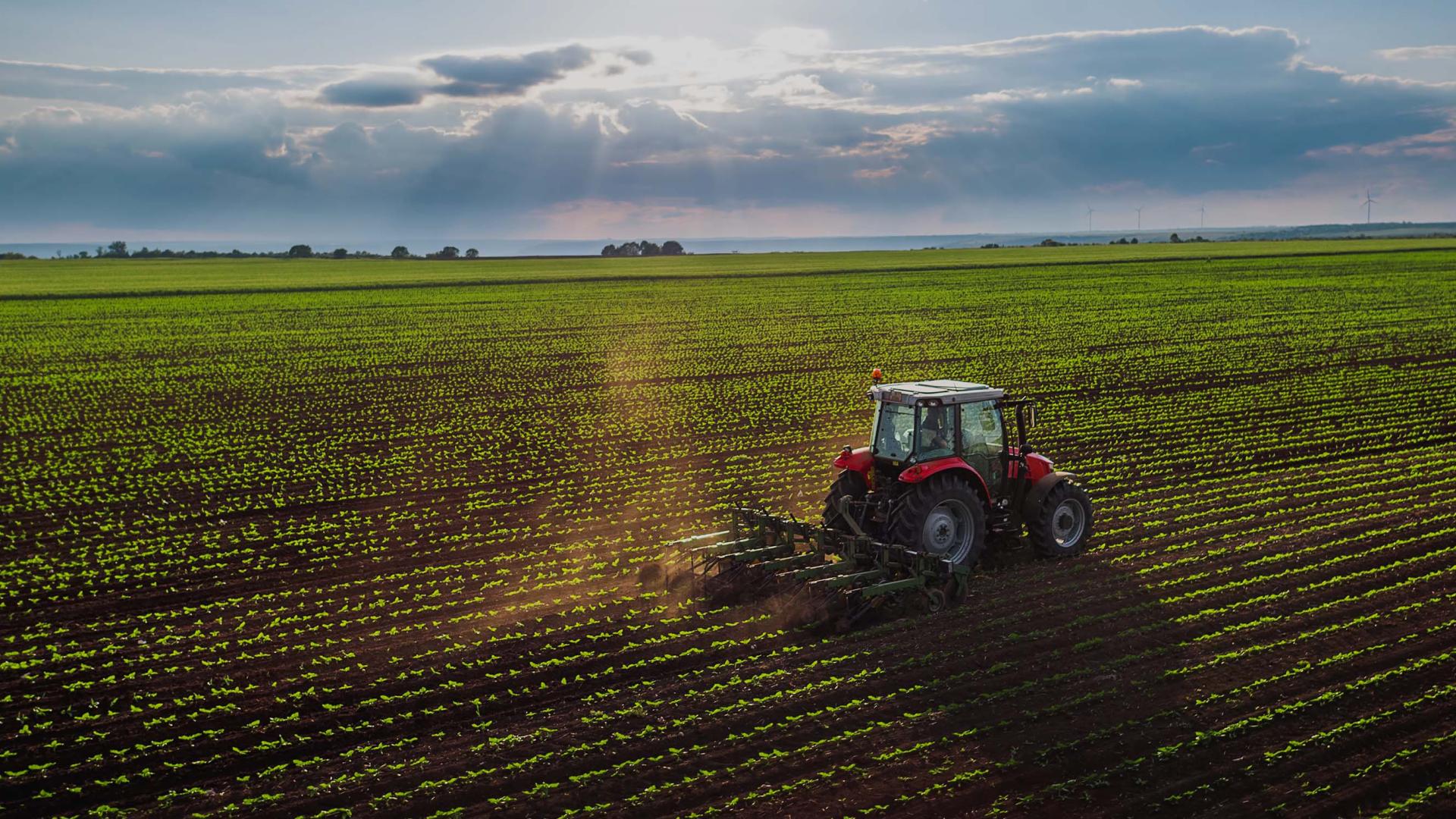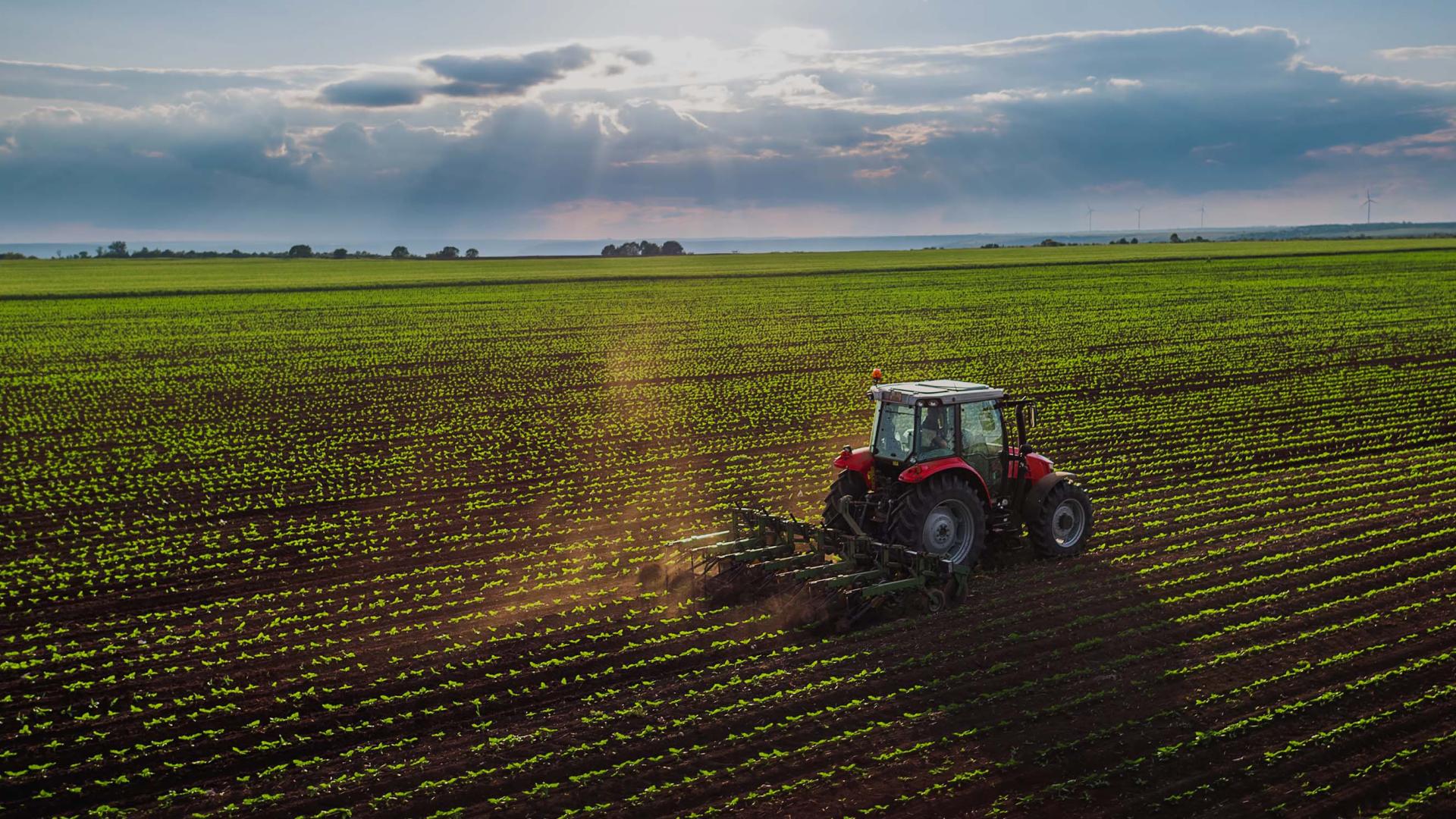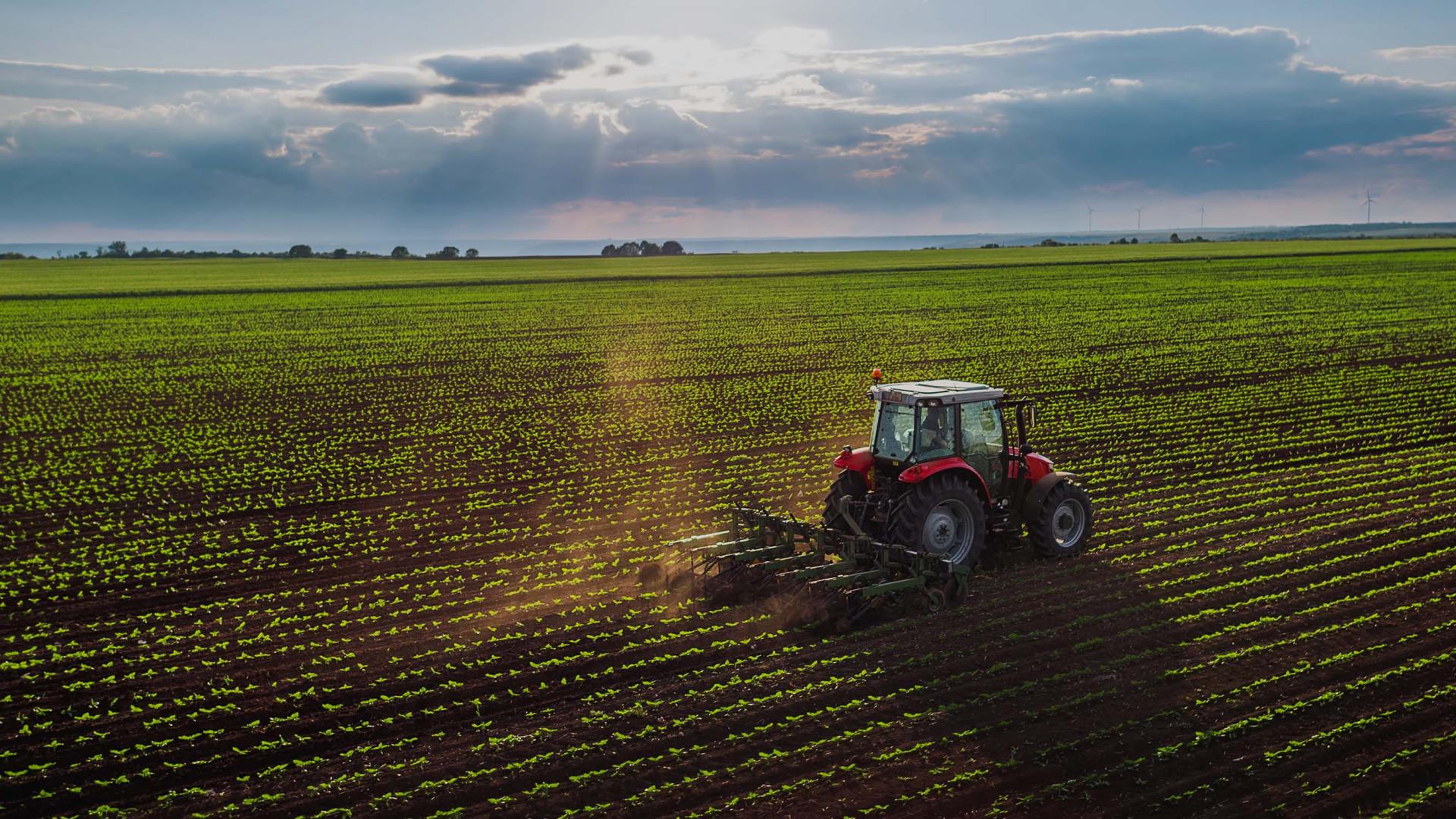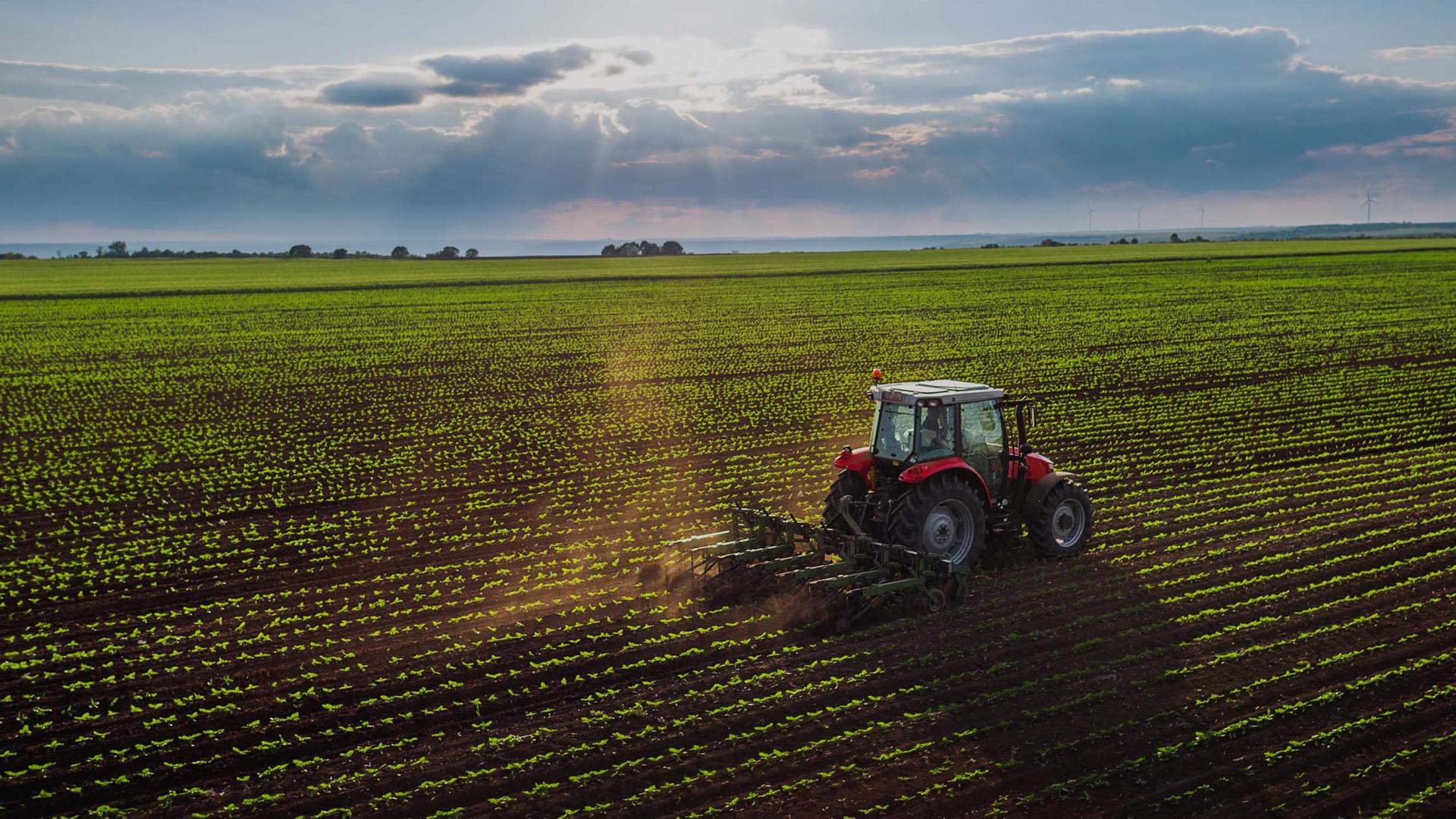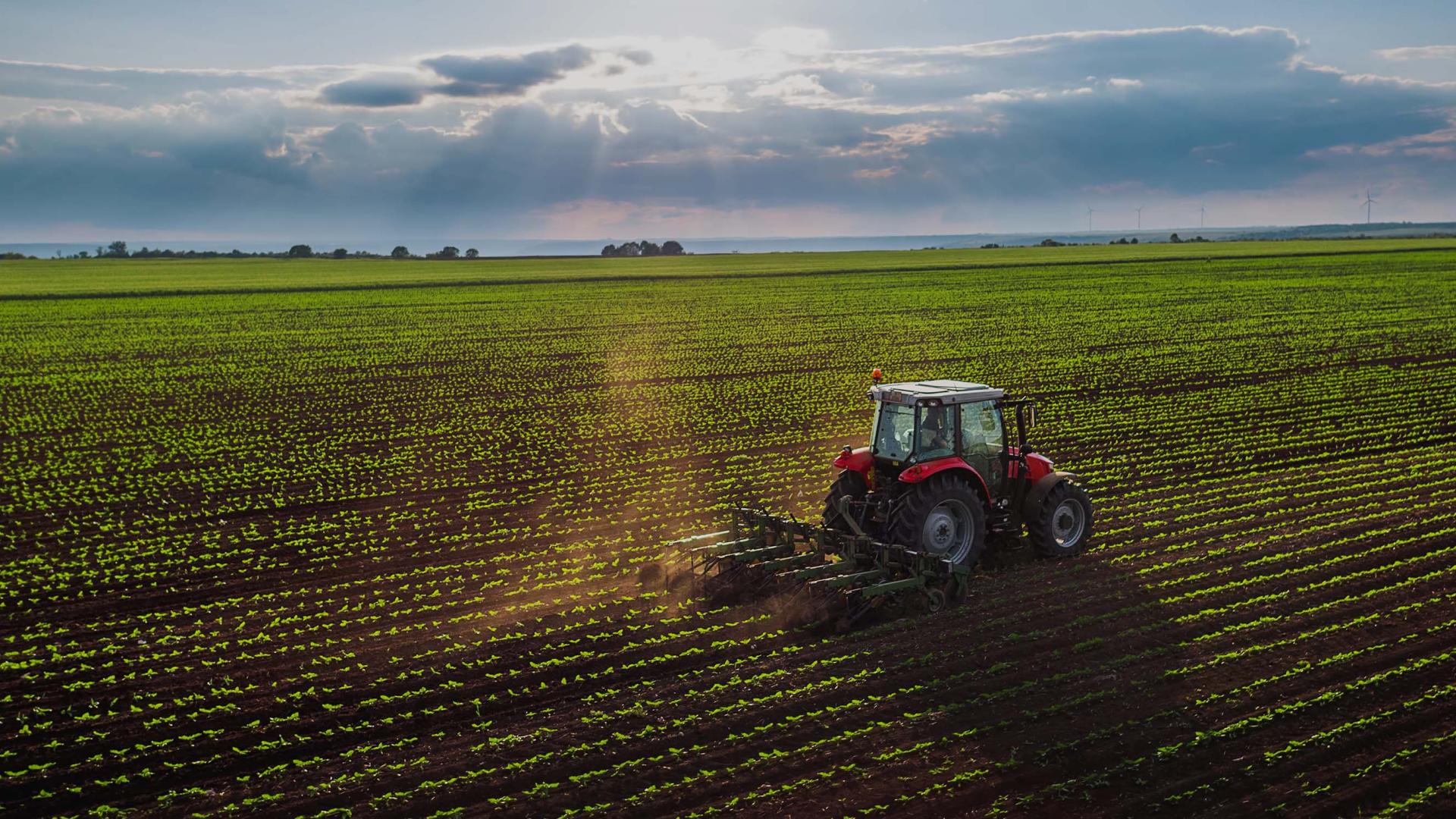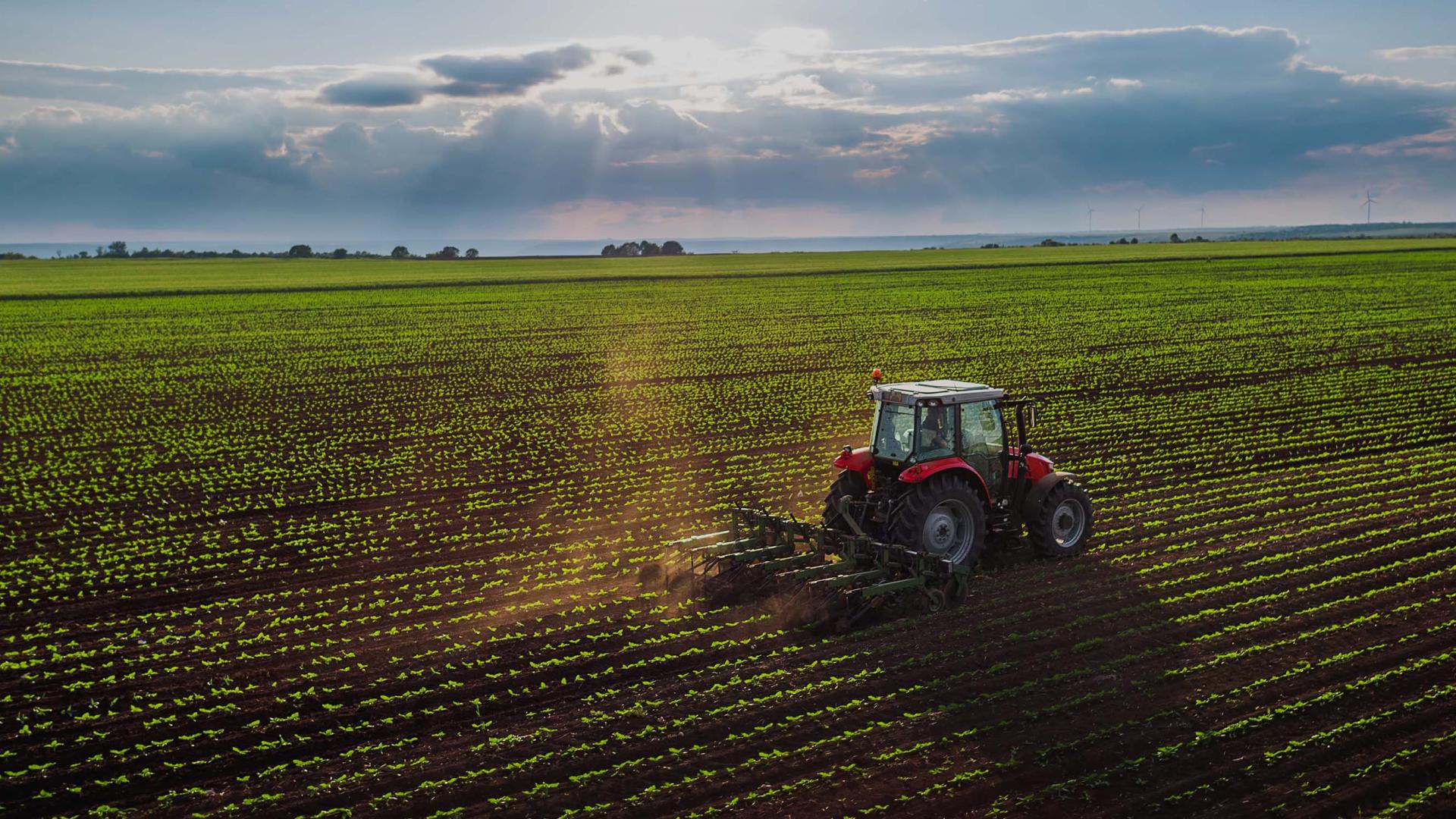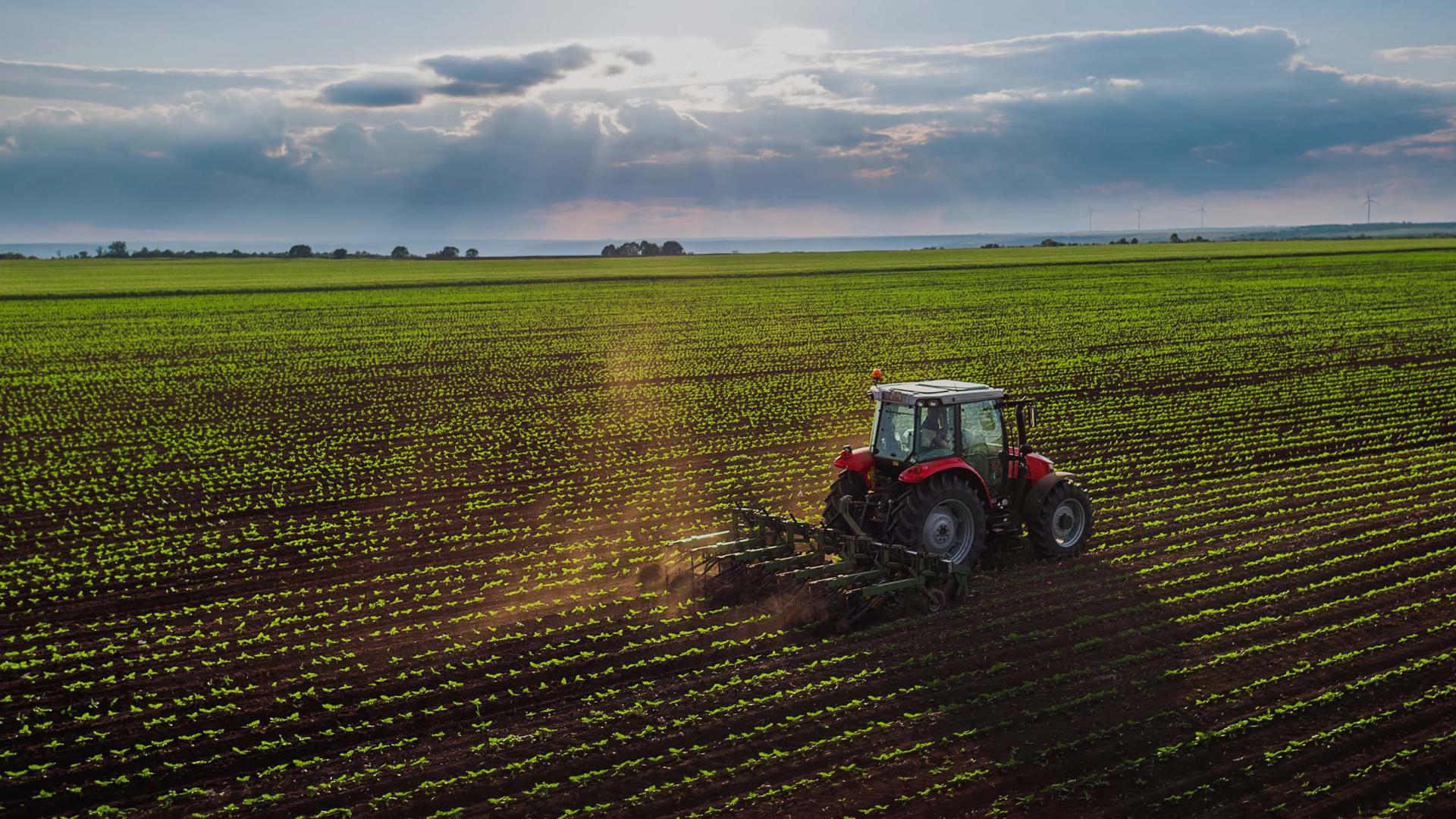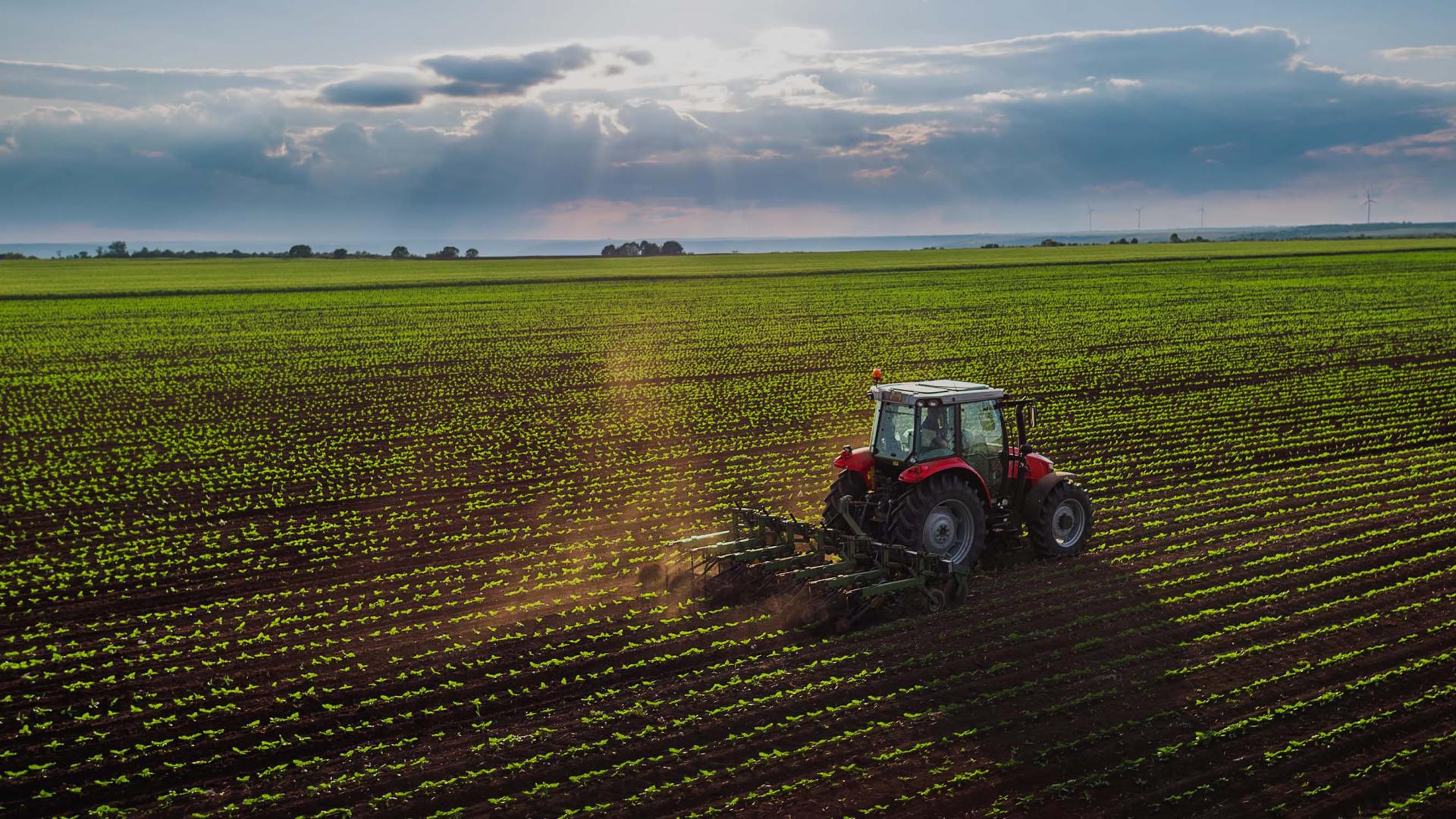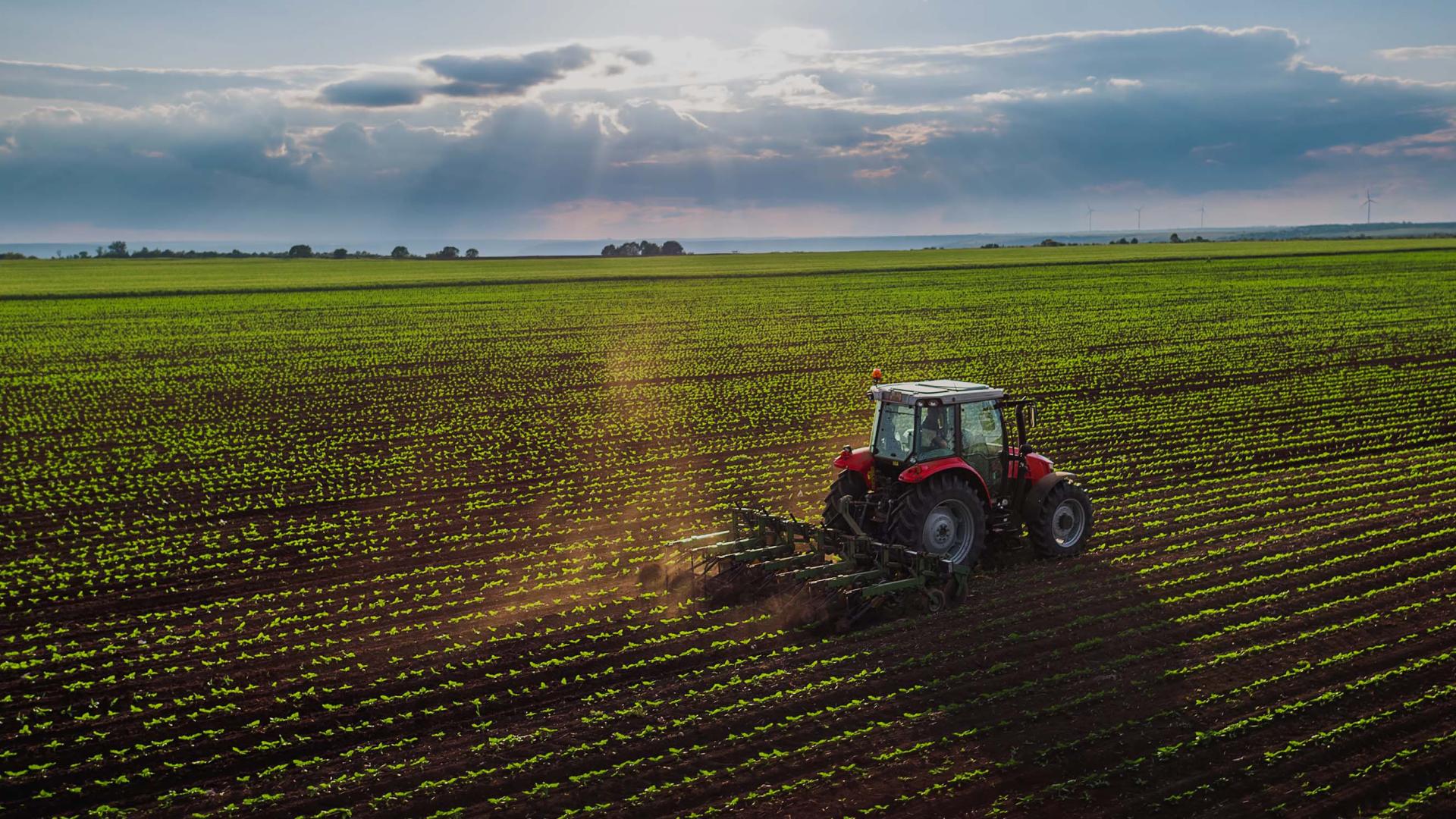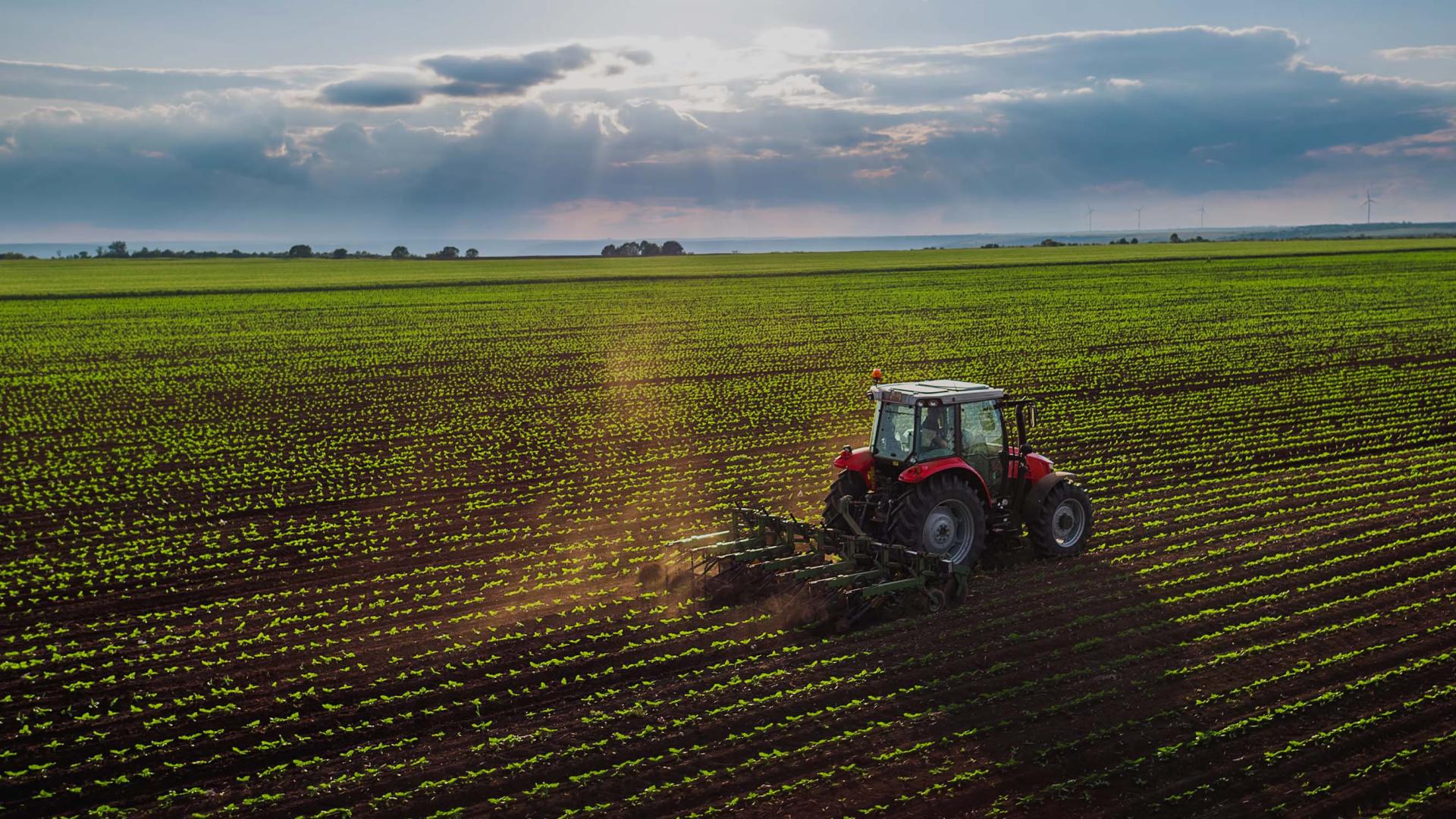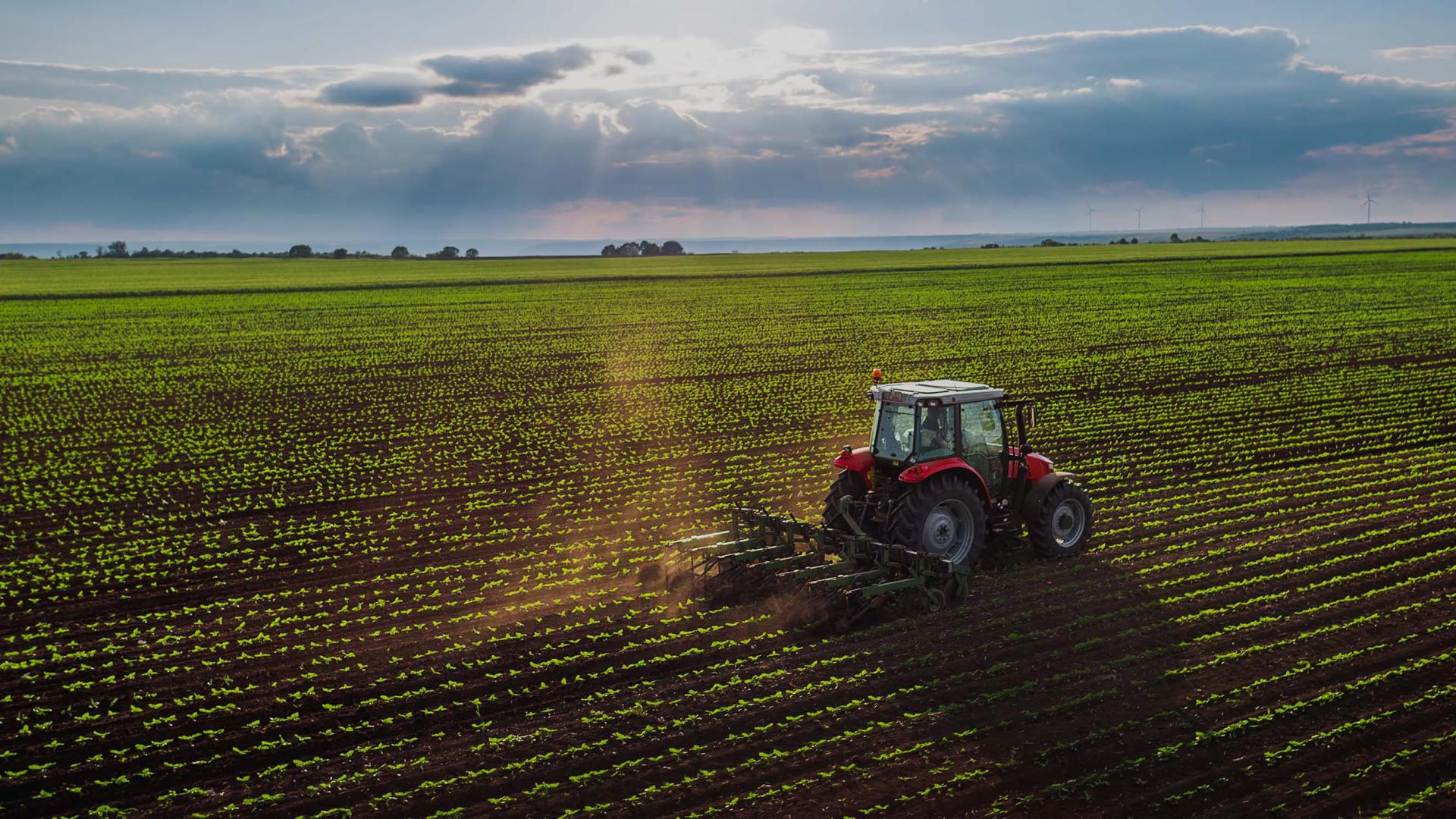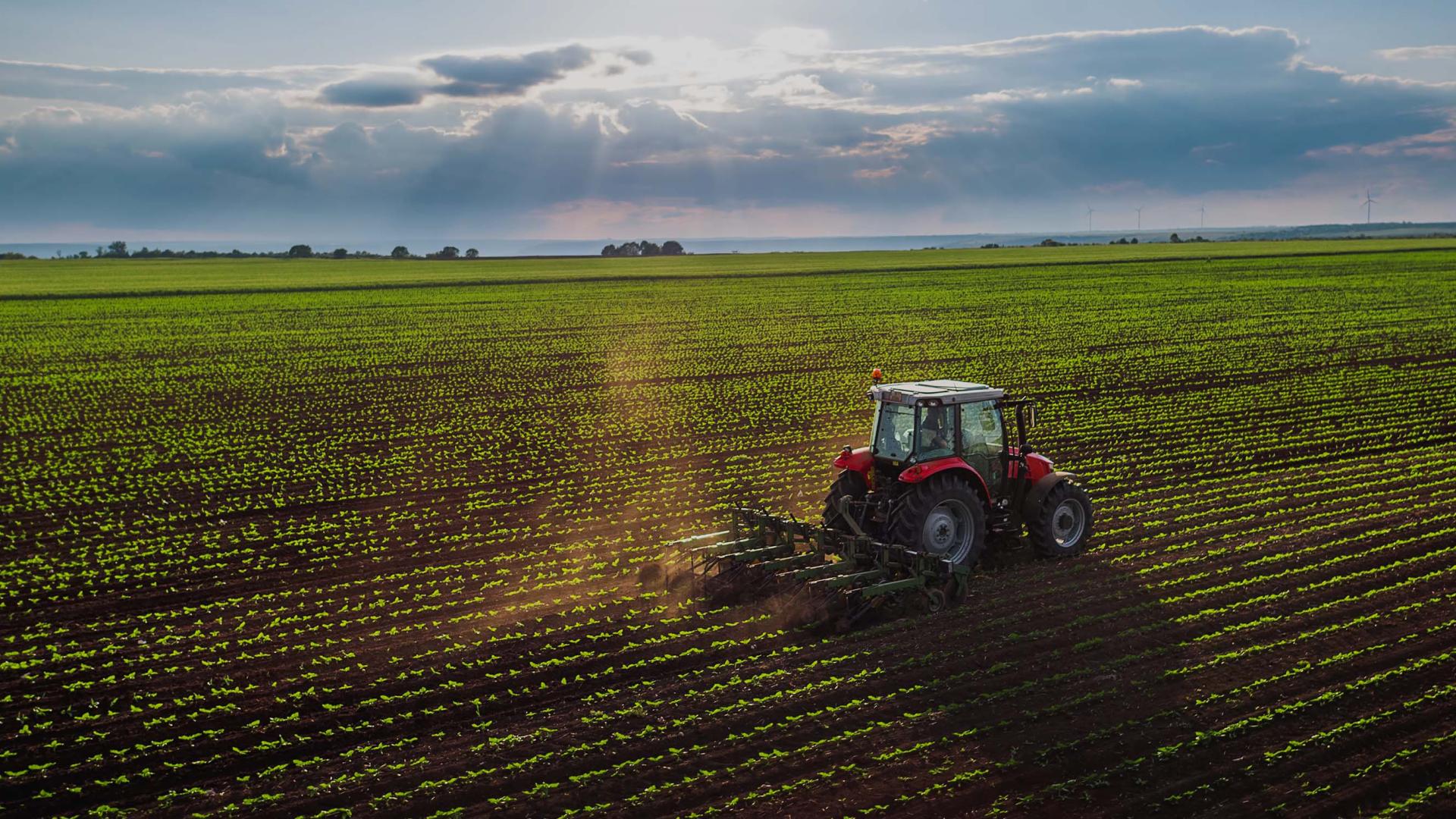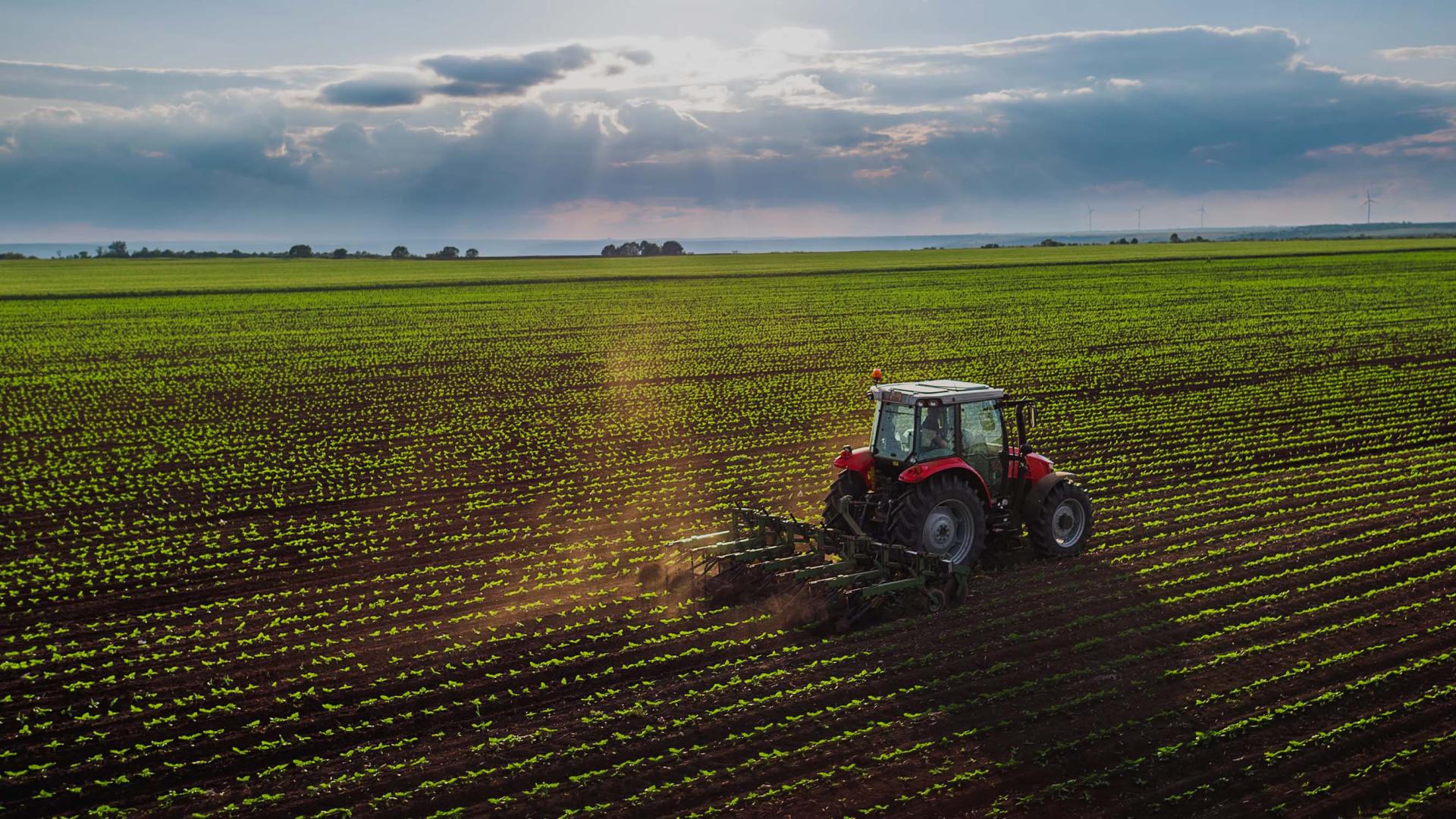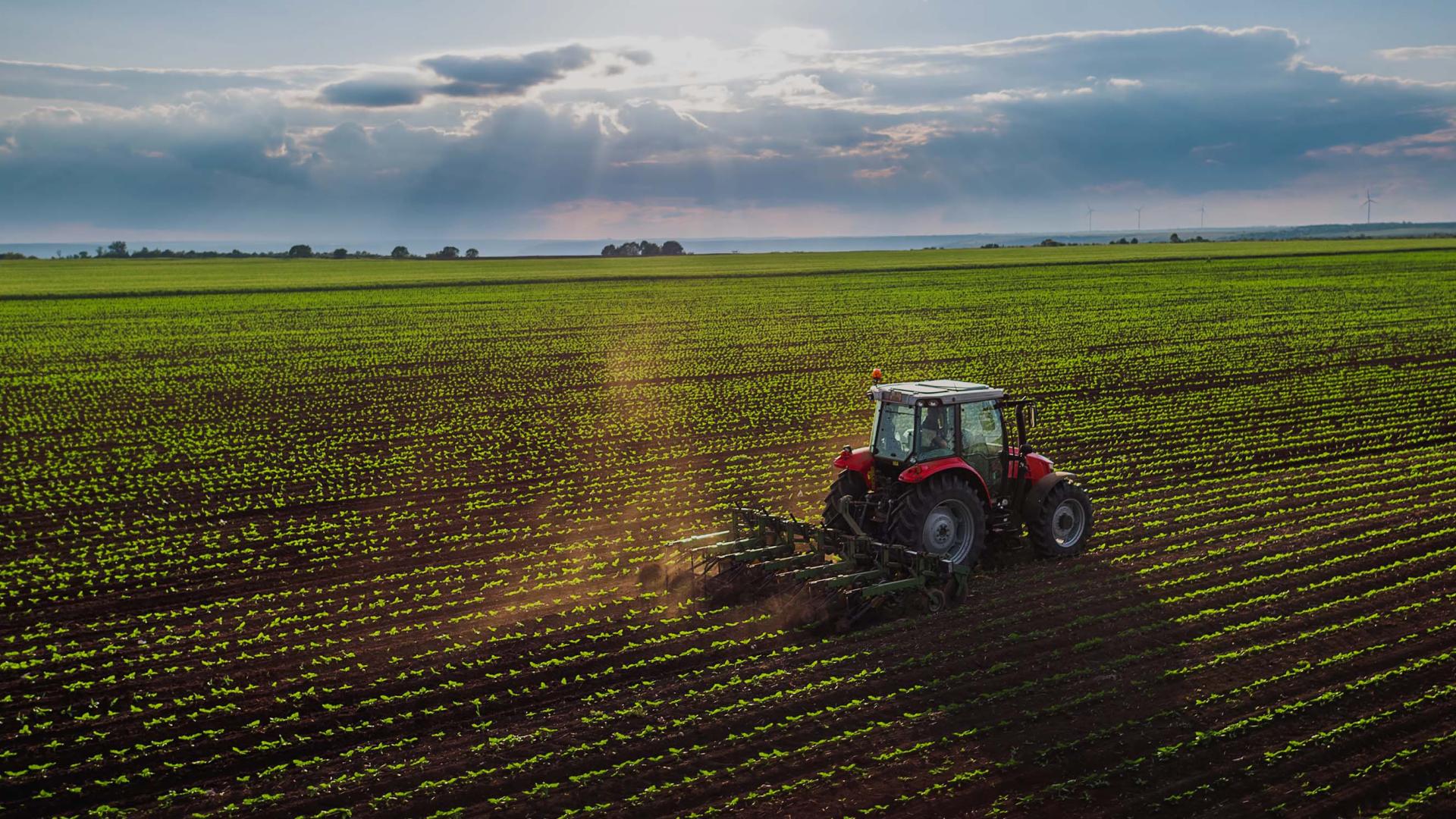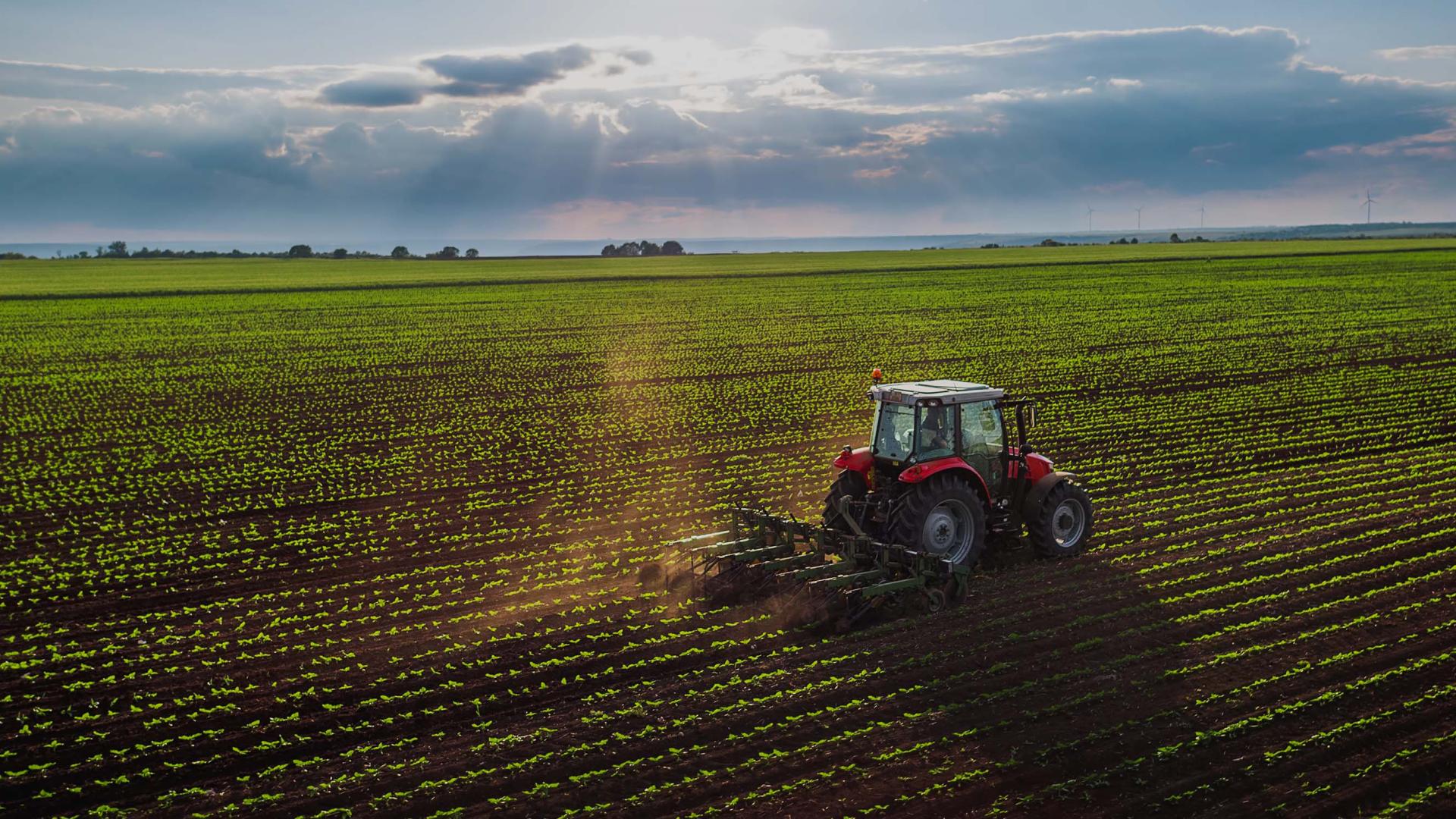Farm shops represent a unique blend of agricultural production and retail commerce, creating distinctive insurance needs that standard bus…
Farm Crop Insurance: Protecting Your Agricultural Investment
Farming is one of the most unpredictable businesses in the world. Weather patterns, pest infestations, disease outbreaks, and market fluctuations can devastate a year's worth of hard work in a matter of days. For farmers across the UK, crop insurance has become an essential tool for managing these inherent risks and protecting their livelihoods.
Understanding Farm Crop Insurance
Farm crop insurance is a specialized form of agricultural insurance designed to protect farmers against financial losses resulting from crop damage or failure. This coverage goes beyond basic farm insurance, offering specific protection for the crops themselves rather than just the farm buildings or equipment.
The insurance typically covers losses from natural disasters such as hail, drought, excessive rainfall, frost, wind, and fire. Some policies also extend to cover losses from pest infestations, plant diseases, and in certain cases, market price fluctuations that fall below guaranteed levels.
Why Crop Insurance is Essential
The agricultural sector faces unique challenges that make crop insurance particularly valuable. Climate change has intensified weather volatility, making extreme weather events more frequent and severe. A single hailstorm can destroy months of growth in minutes, while prolonged drought can render entire fields worthless.
Without adequate insurance protection, farmers risk losing not only their current season's investment in seeds, fertilizers, and labor but also their ability to plant the following season. This financial vulnerability can lead to farm closures and significant economic hardship for farming families.
Types of Crop Insurance Coverage
Multi-Peril Crop Insurance (MPCI) represents the most comprehensive form of protection, covering losses from multiple natural causes. This type of policy typically includes protection against weather-related perils, certain plant diseases, and pest damage that cannot be controlled through standard farming practices.
Named Peril policies offer more limited but often more affordable coverage, protecting against specific risks such as hail or fire. These policies are particularly suitable for farmers in regions where certain perils pose the greatest threat to crop yields.
Revenue protection insurance goes a step further by guaranteeing a minimum revenue level based on expected yields and market prices. This type of coverage protects against both yield losses and price declines, offering more comprehensive financial security.
Premium Factors and Pricing
Crop insurance premiums are calculated based on several key factors including the type of crop, historical yield data, coverage level selected, and the specific risks associated with the farm's location. Crops with higher market values or greater susceptibility to loss typically carry higher premiums.
Geographic location plays a crucial role in premium calculation, with areas prone to frequent weather events or pest problems generally facing higher costs. The farmer's loss history also influences pricing, with farms that have experienced frequent claims potentially facing increased premiums.
Government subsidies often help reduce the cost of crop insurance premiums, making this essential protection more affordable for farmers. These subsidies can cover a significant portion of the premium cost, particularly for basic coverage levels.
The Claims Process
When crop damage occurs, farmers must notify their insurance provider promptly and arrange for a loss adjuster to assess the damage. The adjuster will evaluate the extent of the loss, determine the cause, and calculate the appropriate compensation based on the policy terms.
Documentation is crucial throughout the claims process. Farmers should maintain detailed records of planting dates, seed varieties, fertilizer applications, and any pest control measures taken. Photographs of damaged crops and weather records can also support the claim.
The timing of loss assessment is critical, as some types of damage may not be immediately apparent or may worsen over time. Insurance adjusters are trained to evaluate both immediate damage and the long-term impact on crop yields.
Risk Management Beyond Insurance
While crop insurance provides essential financial protection, successful farmers typically employ multiple risk management strategies. Diversification of crops can reduce the impact of losses affecting specific varieties, while conservation practices can help protect against soil erosion and water management issues.
Weather monitoring and early warning systems enable farmers to take preventive action when possible, potentially reducing the severity of losses. Investment in protective infrastructure such as irrigation systems or hail nets can also complement insurance coverage.
Building strong relationships with agricultural advisors, extension services, and other farmers creates a support network that can provide valuable guidance during challenging seasons.
Selecting the Right Coverage
Choosing appropriate crop insurance requires careful analysis of the specific risks facing each farm operation. Farmers should consider their crop mix, local weather patterns, soil conditions, and financial situation when determining coverage needs.
Working with an experienced agricultural insurance broker can help farmers navigate the complex options available and identify the most cost-effective coverage for their specific circumstances. Brokers can also assist with claims management and provide ongoing risk assessment services.
Regular review of insurance coverage ensures that protection keeps pace with changes in farming operations, crop values, and risk exposure. Annual policy reviews allow farmers to adjust coverage levels and explore new protection options as they become available.
Future Trends in Crop Insurance
Technology is transforming crop insurance through satellite monitoring, drone surveys, and precision agriculture data. These innovations enable more accurate risk assessment and faster claims processing, potentially reducing costs and improving coverage effectiveness.
Climate change continues to reshape agricultural risks, leading to the development of new insurance products designed to address emerging challenges. Index-based insurance products that trigger payments based on weather data rather than individual farm assessments are becoming more common.
Sustainable farming practices are increasingly being recognized in insurance pricing, with some insurers offering premium discounts for farms that implement conservation practices or use environmentally friendly farming methods.
Making the Investment Decision
The cost of crop insurance should be viewed as an investment in business continuity rather than simply an expense. The peace of mind that comes with knowing that catastrophic losses won't destroy the farm operation has value beyond the direct financial protection provided.
Farmers should calculate the potential cost of uninsured losses against the annual premium expense to understand the value proposition. In most cases, the relatively modest annual cost of insurance premiums provides protection against potentially devastating financial losses.
Access to credit and financing often depends on having adequate insurance protection, as lenders require assurance that their investments are protected against agricultural risks.
Conclusion
Farm crop insurance represents a critical component of modern agricultural risk management. While farming will always involve inherent uncertainties, proper insurance coverage can provide the financial security needed to weather difficult seasons and maintain viable farming operations over the long term.
The investment in comprehensive crop insurance protection pays dividends not only when losses occur but also in the confidence and stability it provides to farming families and their communities. As agricultural risks continue to evolve, crop insurance will remain an essential tool for protecting the investments and livelihoods of farmers across the UK.
For farmers considering crop insurance options, consulting with specialized agricultural insurance professionals ensures access to the most appropriate coverage for their specific needs and circumstances.


 0330 127 2333
0330 127 2333

